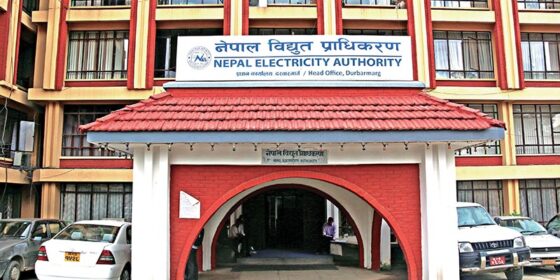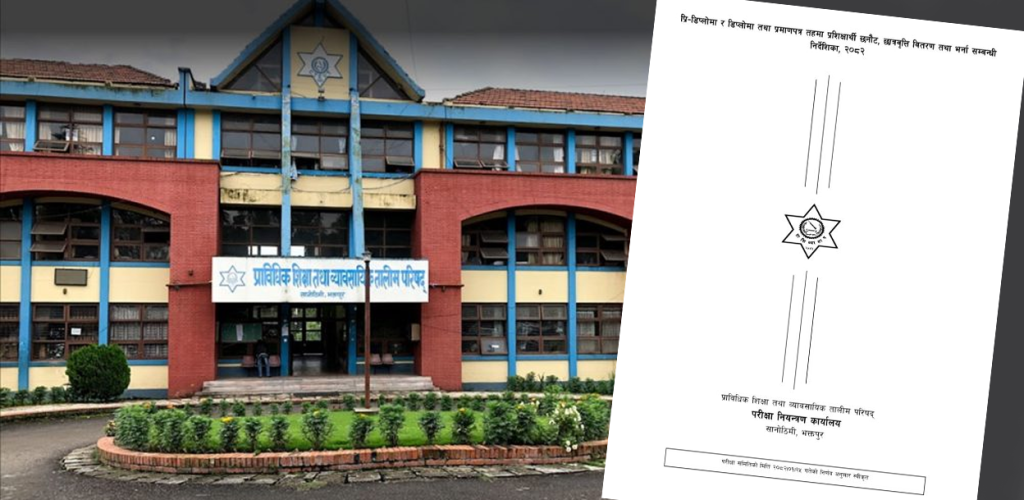
Kathmandu, October 25- The festival of Dashain in Nepal has brought with it a unique energy challenge this year, as the country grapples with a surplus of clean, green electricity. Approximately 500 megawatts of power generated by hydropower projects are going to waste due to a significant decrease in domestic electricity consumption during this festive season.
The Nepal Electricity Authority (NEA) reported that domestic electricity demand has plummeted due to the temporary closure of industries and factories that typically consume large amounts of electricity during Dashain. Additionally, the transition from the extreme heat in the Terai region to the colder weather in Kathmandu has not yet begun. However, a fortunate change in circumstances comes from the fact that the country’s hydropower projects are currently running at full throttle, benefiting from the end of drought and the availability of clean water in rivers and streams.
As of now, the NEA, its subsidiaries, and private sector hydropower projects are collectively producing approximately 2,200 megawatts of electricity daily. Out of this total, about 1,000 megawatts are being consumed domestically, with a surplus of 650 to 700 megawatts available for export to India.
Kulman Ghising, the executive director of the Nepal Electricity Authority, expressed concern over the situation. He stated, “Since the produced electricity cannot be fully consumed within the country, and we have yet to receive approval from India for further exports, approximately 500 megawatts of clean, green power are going to waste every day. We are losing significant revenue daily due to this situation.”
In response to the reduced domestic demand during Dashain, the NEA took action by sending around 300 megawatts of excess electricity to the Central Electricity Authority of India for export approval. However, the approval has not been granted thus far, leaving Nepal with a significant energy surplus that is going unused.
Ghising is optimistic that approval for additional electricity exports to India will be granted soon, as the process is already underway. However, the continued lack of approval threatens to exacerbate the electricity waste issue.
The Nepal Electricity Authority has a history of exporting electricity to India, particularly during the rainy season after meeting the country’s domestic needs. They have been selling around 110 megawatts of electricity to the Indian company NTPC Bidyut Byapar Nigam (NBBN) through competitive agreements, primarily in the state of Haryana.
The Central Electricity Authority of India has approved the sale of about 44 megawatts of electricity in real-time markets out of the 522 megawatts approved for export in the first phase. The NEA has been granted permission to export 522 megawatts to the competitive market and an additional 632 megawatts to NVVN, including the 110 megawatts mentioned earlier.
From May to October of the previous year, the Nepal Electricity Authority exported electricity worth NPR 11.80 billion (approximately USD 99 million) to India. In the current financial year (2080/81), they have already exported electricity worth NPR 9.645 crores (approximately USD 80 million) in the three months of July, August, and October, with October alone accounting for NPR 4.2 billion (approximately USD 35 million).
As Nepal seeks ways to address the challenge of unused clean energy during Dashain, the nation remains hopeful for a timely solution to fully utilize this valuable resource while strengthening energy ties with India.








